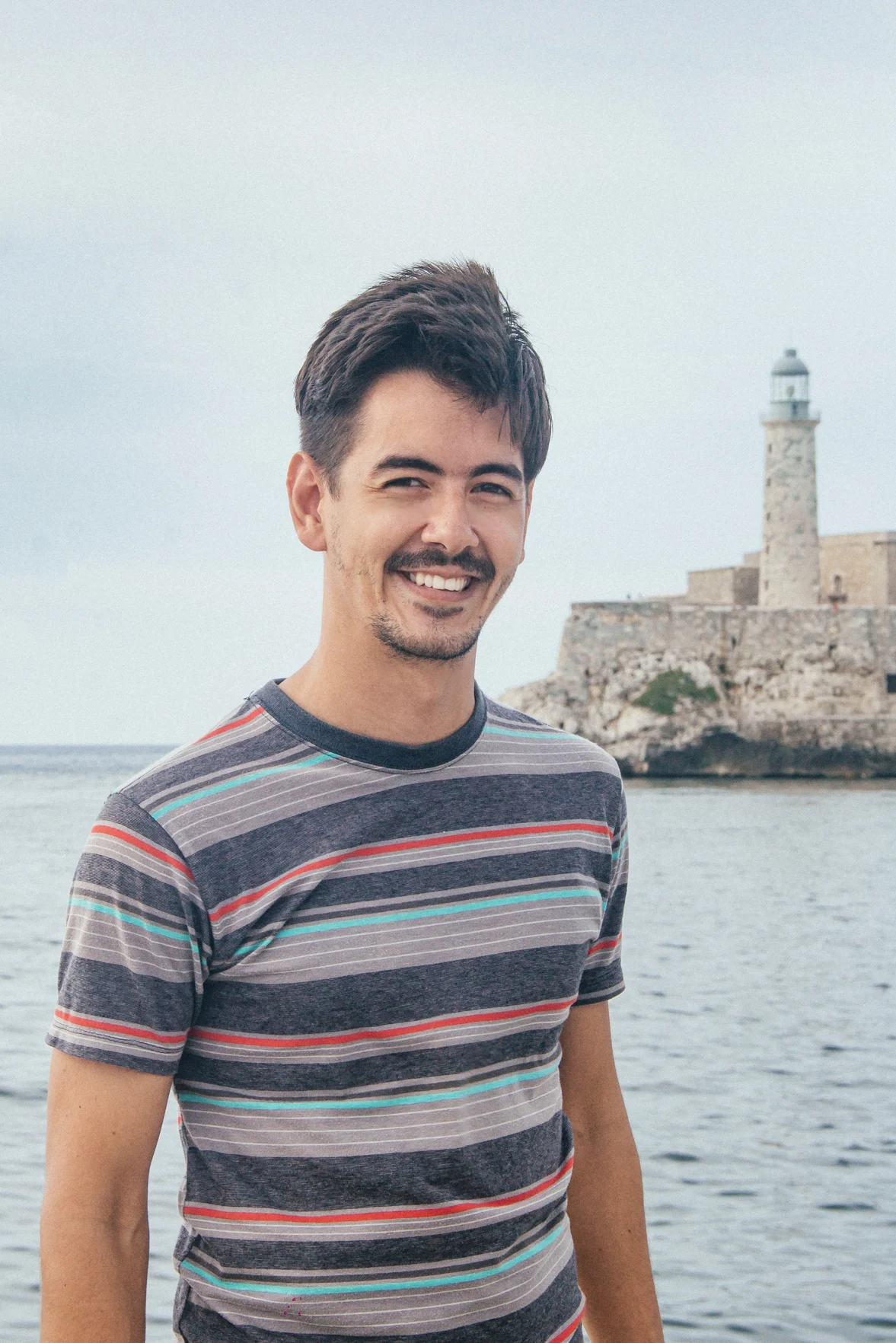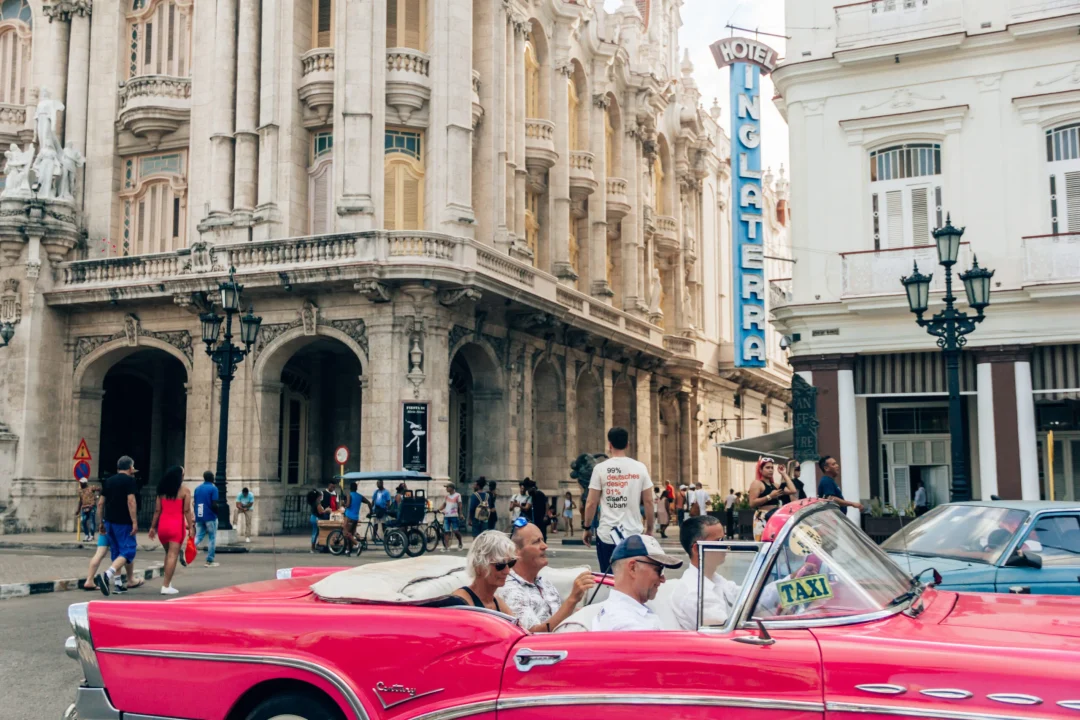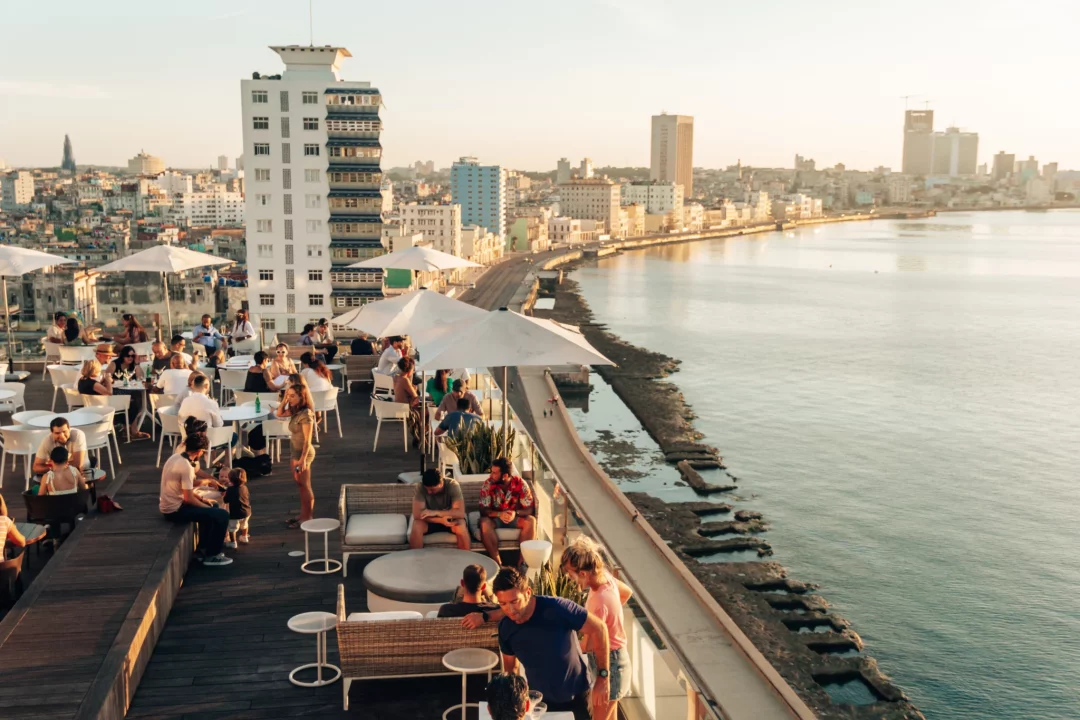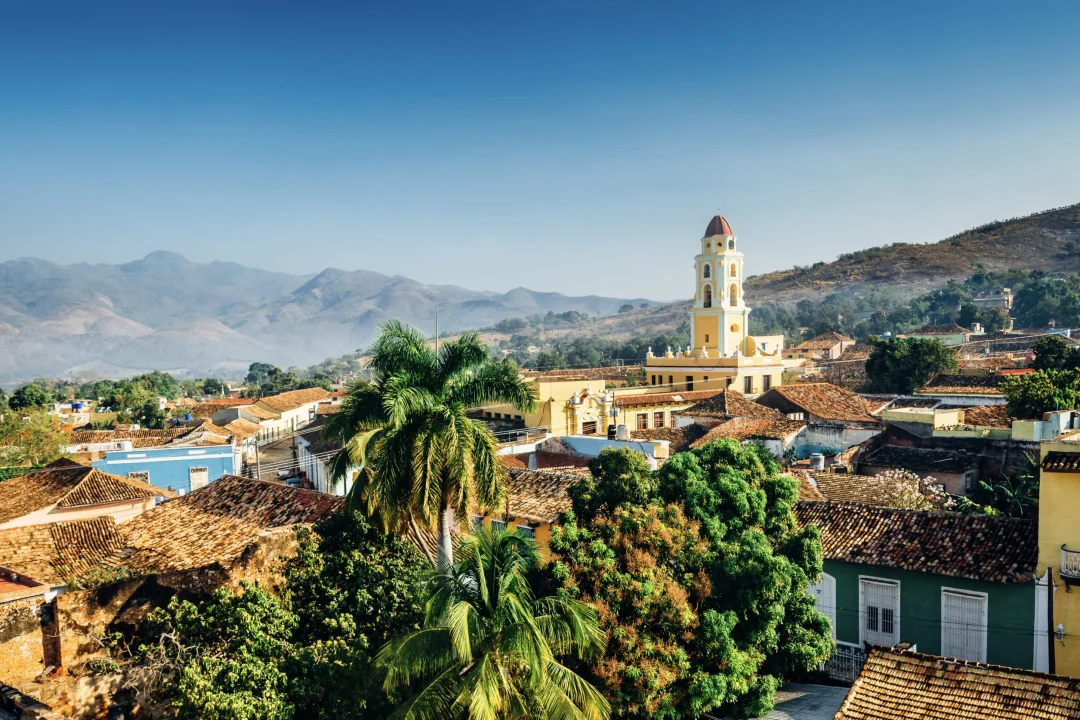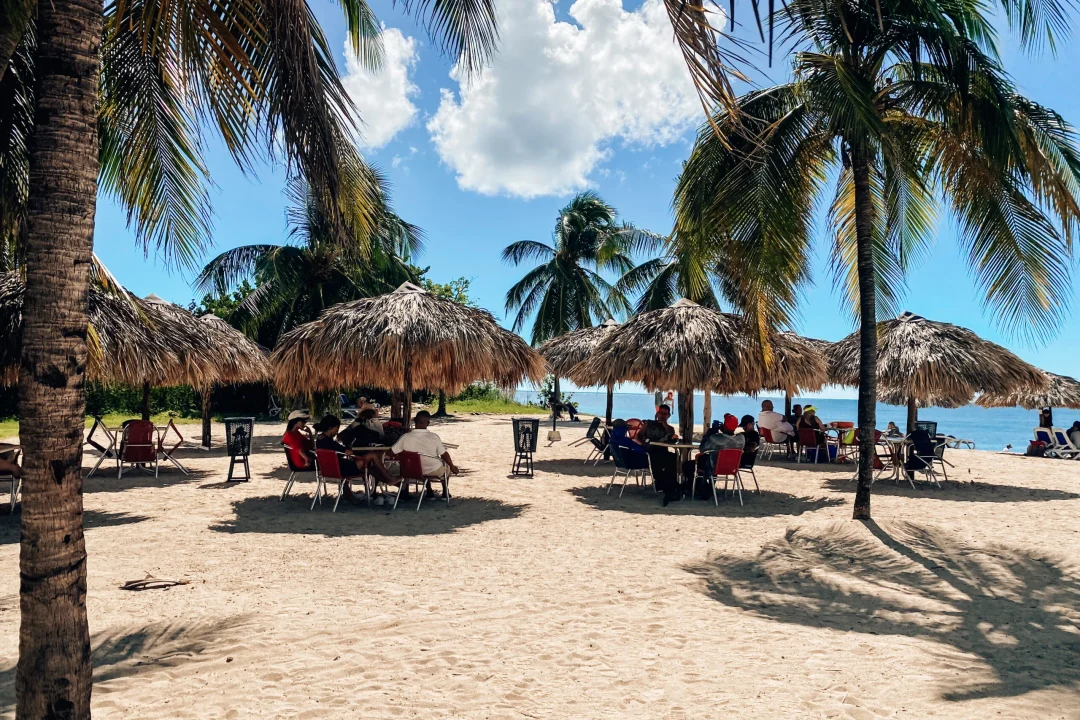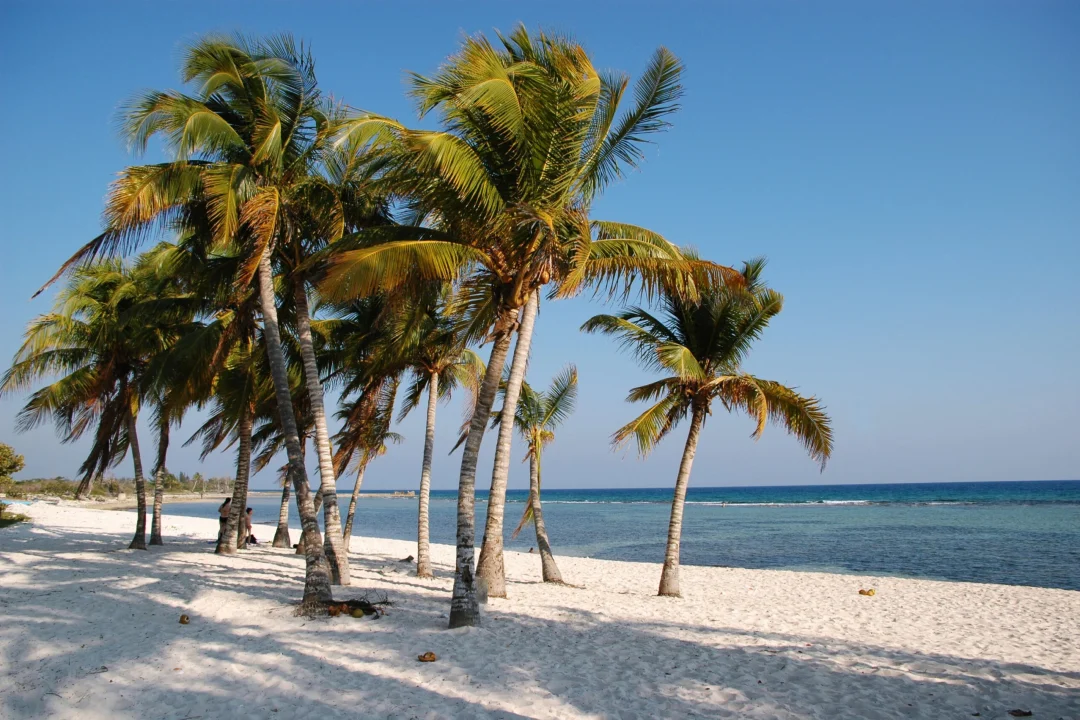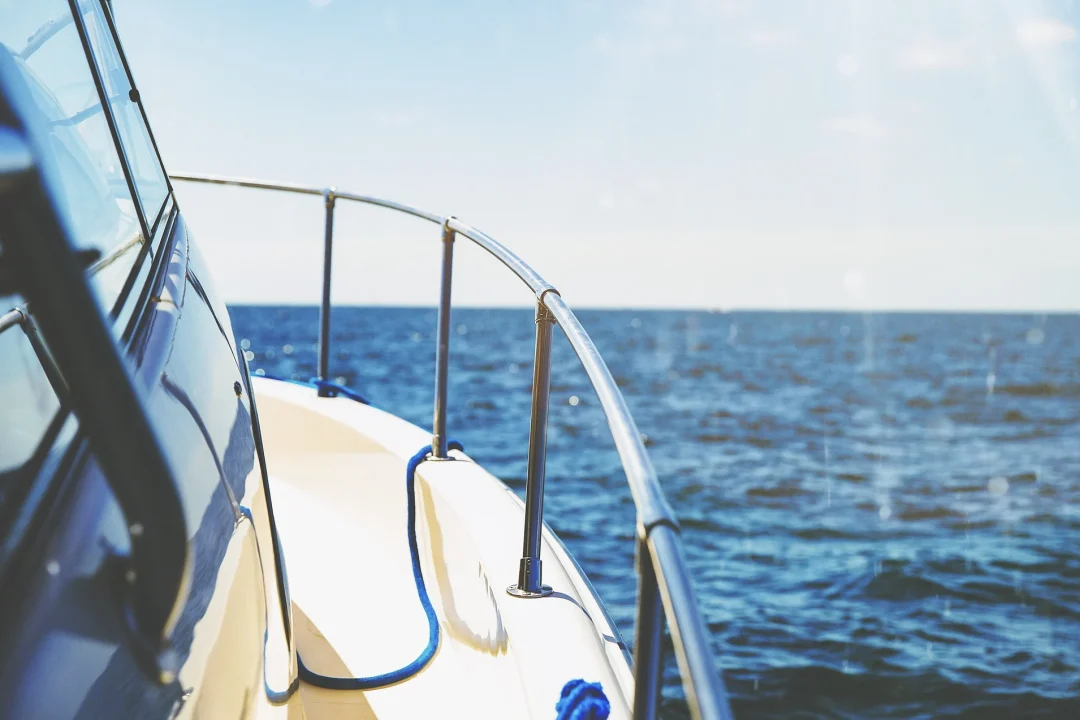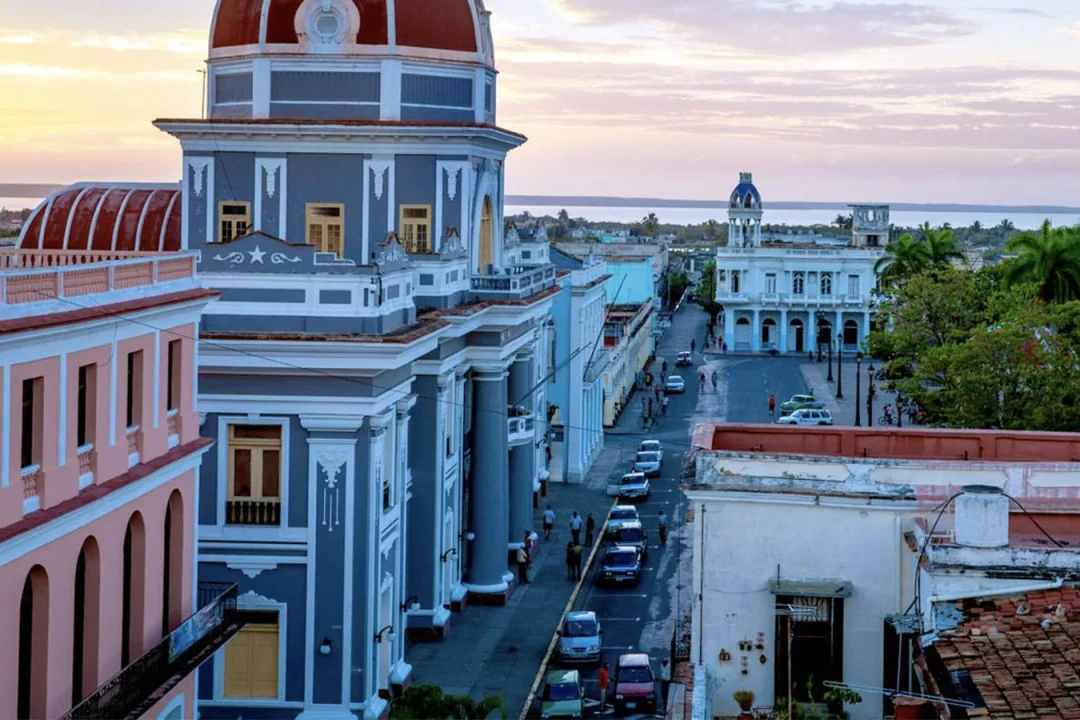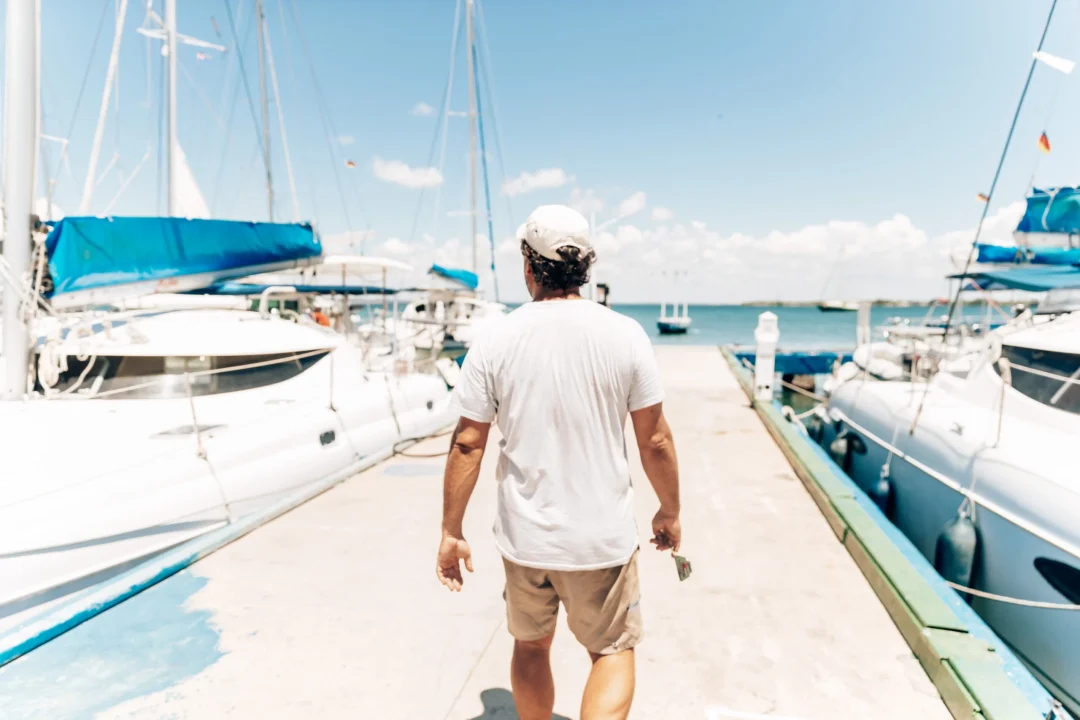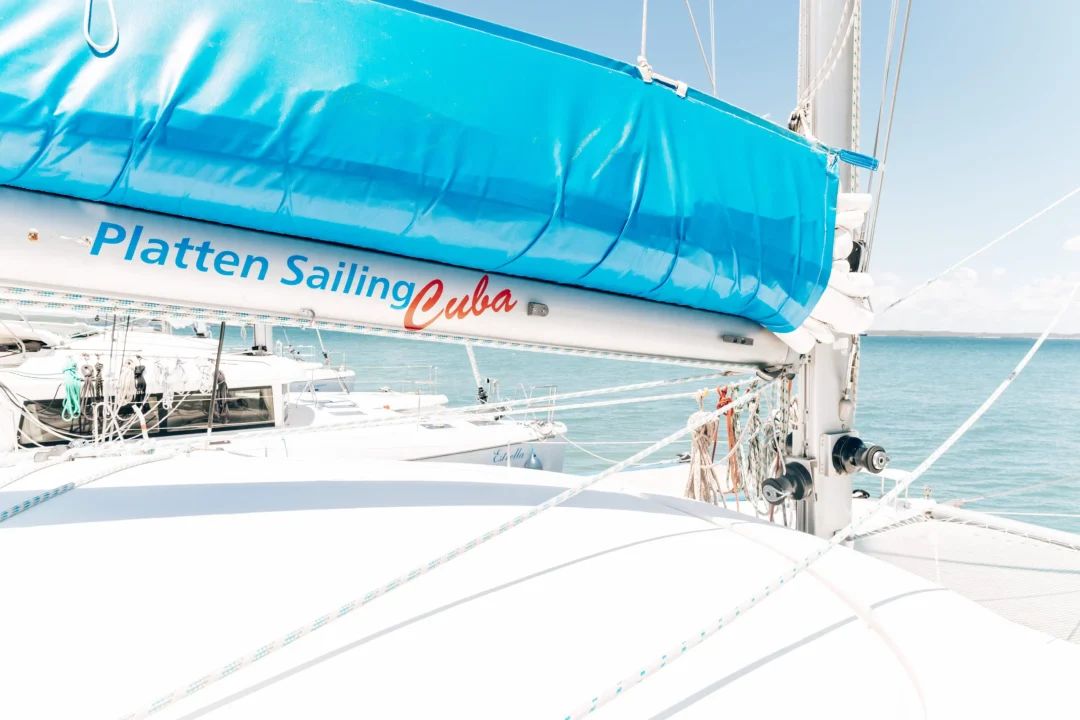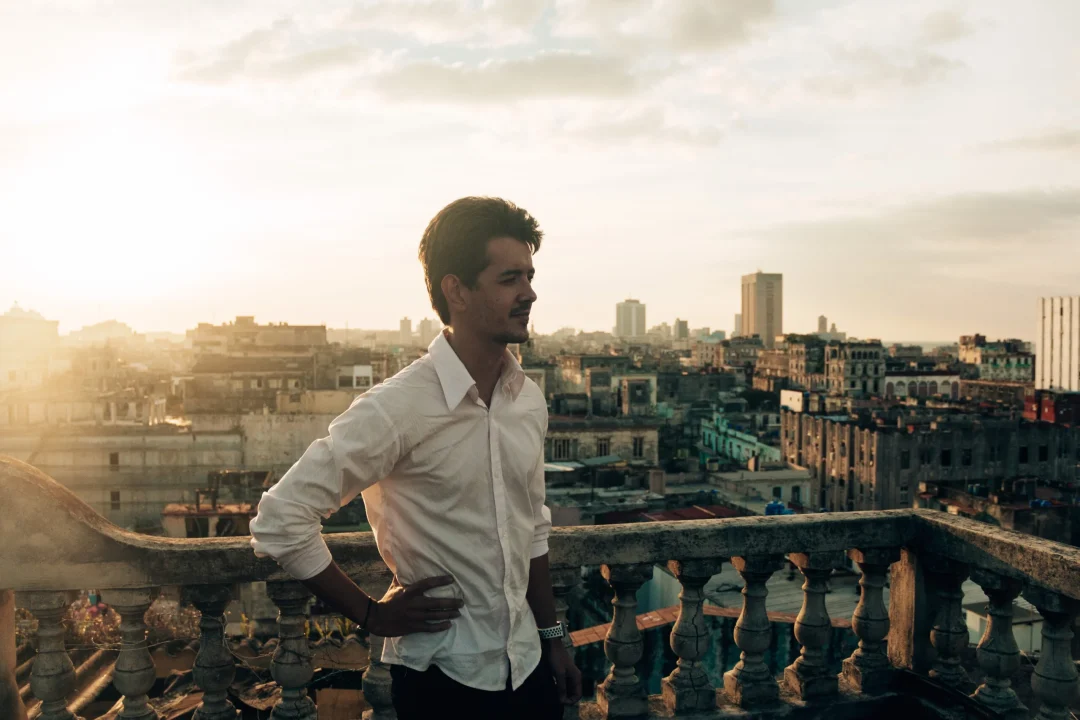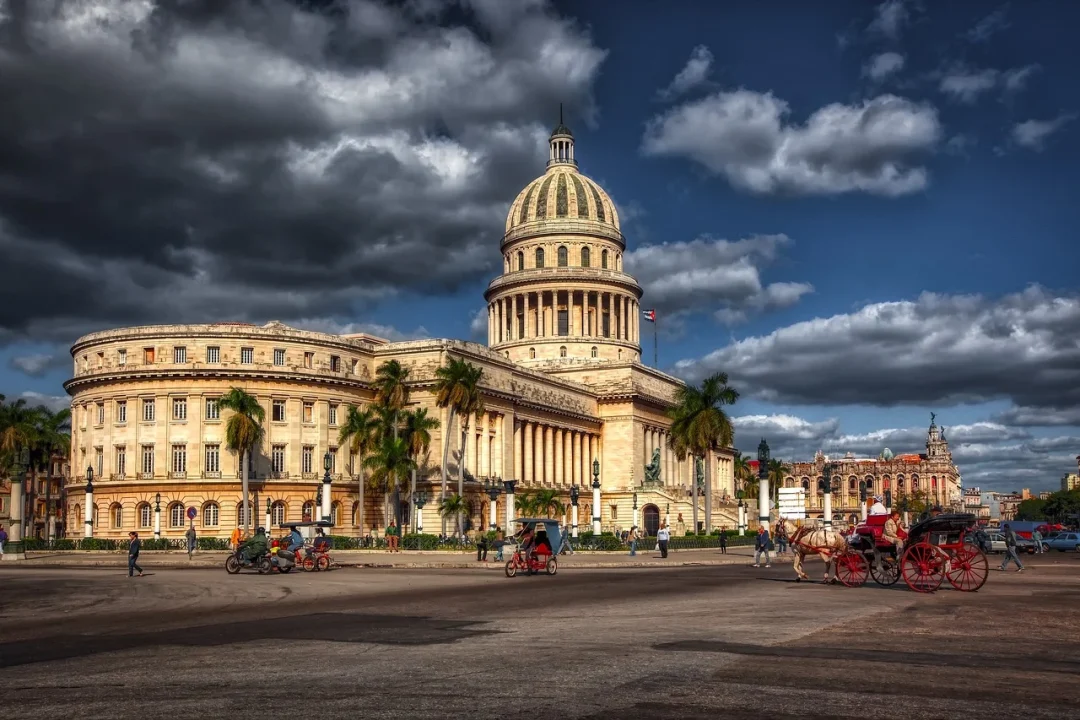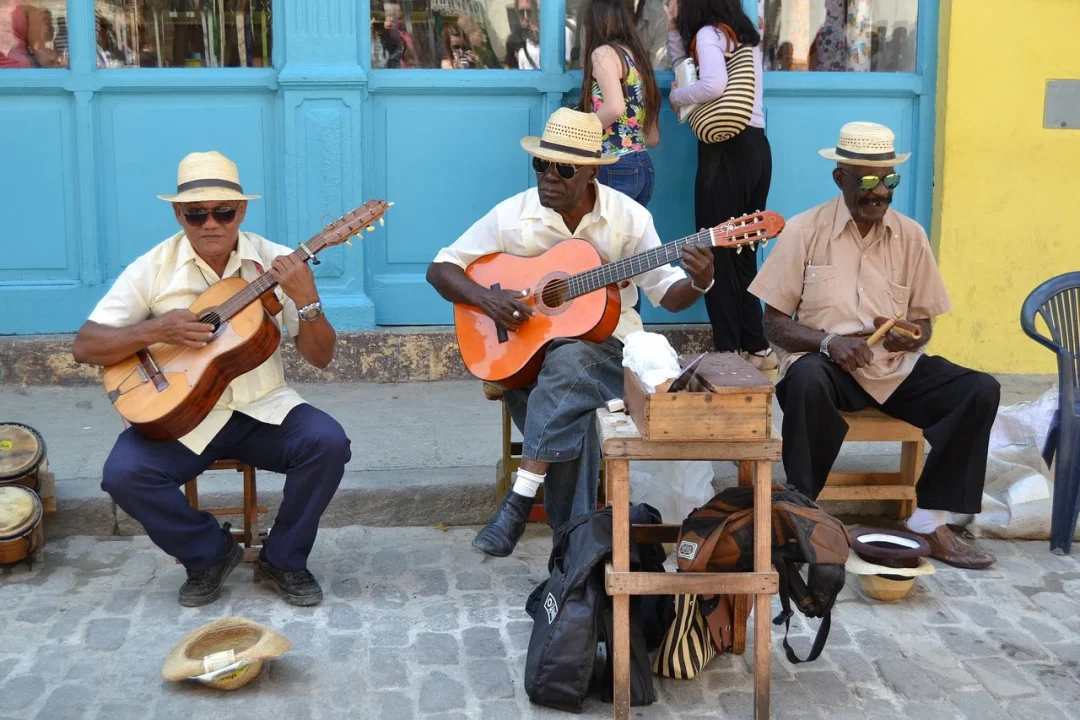If you have any questions or problems during your trip, first contact the emergency numbers provided in your travel documents. You can reach our office in Havana at this number. If you have any questions for the Cuban Embassy, you can use the following contact details:
In Germany
Embassy of the Republic of Cuba
Stavangerstrasse 20, 10439 Berlin
Email: consulberlin@t-online.de
Homepage: www.botschaft-kuba.de
In Austria
Embassy of the Republic of Cuba
Kaiserstrasse 84 Vienna 1070
Email: secembajador@ecuaustria.at
Homepage: www.ecuaustria.at
In Switzerland
Embassy of the Republic of Cuba
Gesellschaftsstrasse 8, Bern 3012
Email: consulcuba.berna@bluewin.ch
For emergencies that need to be dealt with locally, such as if you have lost your passport, you can always contact your respective embassy in Cuba:
German Embassy Havana
Embassy of the Federal Republic of Germany
Calle 13, No. 652, esq. B, Vedado, Havana, Cuba
Phone: +53 7 833 25 69
Emergency telephone number: +53 5280 5942 (can also be reached via SMS and WhatsApp if necessary)
Swiss Embassy in Cuba
Embassy of Switzerland
5ta Avenida no. 2005, between 20 and 22, Miramar, Playa, Havana, Cuba
Phone: +53 7 204 26 11
Austrian Embassy Havana
Embassy of Austria
Avenida 5ta A No. 6617, esq. a calle 70, Miramar, Havana, Cuba
Phone: +53 7204 28 25
